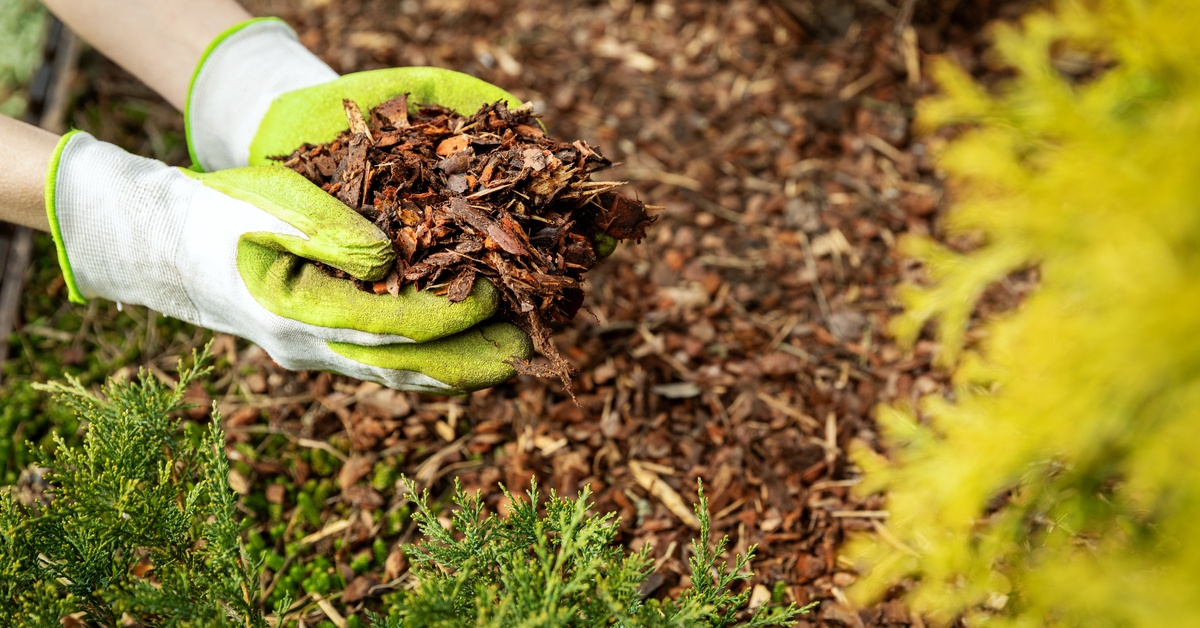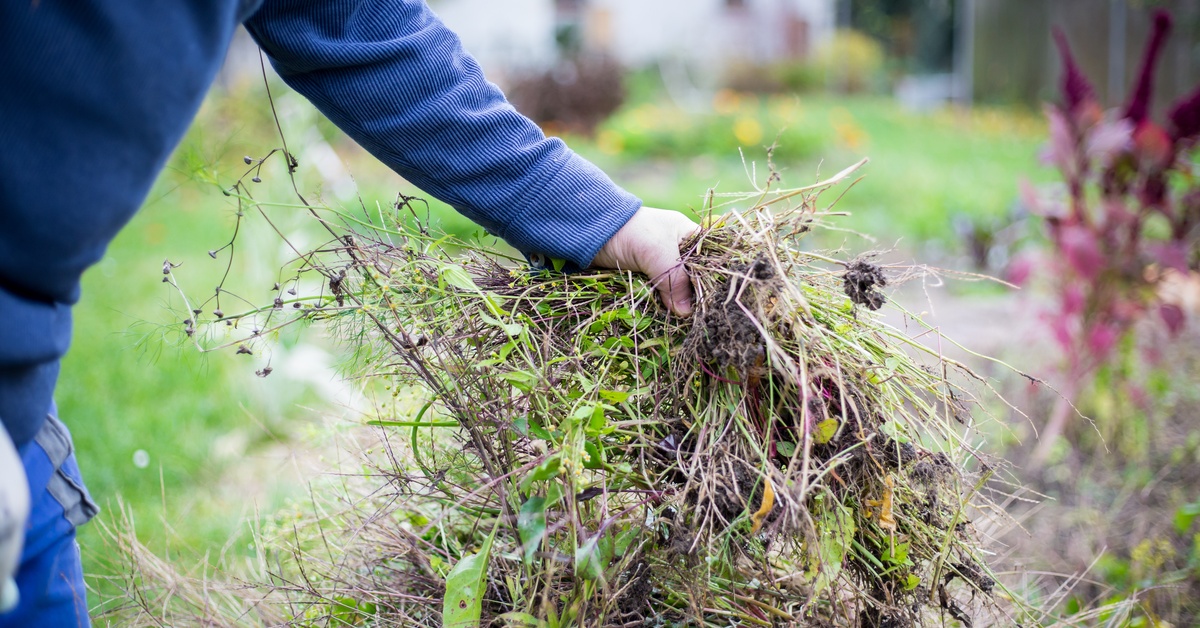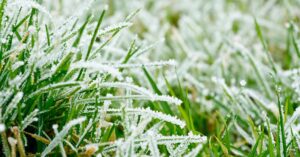Late summer marks a turning point for gardens across Virginia, with soil temperatures dropping and plant cycles shifting. Homeowners and property managers who act now can protect root systems and reduce future maintenance.
Neglecting garden maintenance before the end of the summer allows weeds to spread, pests to settle, and nutrients to disappear before plants store them for cooler months. Professional landscaping teams and DIY gardeners alike benefit from knowing exactly what to cut back, what to feed, and what to leave in place. Strategic timing creates a smoother transition into fall and sets gardens up for long-term success across every season.
Remove Spent Plants and Seasonal Annuals
The first step in following this complete guide to end of summer garden maintenance includes removing expired plant material before it causes damage. Late summer gardens often include faded blooms, hollow stems, and crops that no longer produce. Spent annuals and worn-out vegetables drain nutrients from the soil and encourage disease when left unattended.
You can create healthier garden beds by removing what no longer contributes to growth or visual appeal. Pulling plants at the right time reduces fungus risk and limits insect habitats as temperatures drop. Old roots left underground can rot and invite complications in future planting cycles.
Once you clear your garden beds, composting disease-free trimmings returns valuable carbon and nitrogen to the soil. Always discard anything with mildew, black spots, or unusual softness to avoid spreading pathogens. Clear space now to open opportunities for fall crops or soil restoration.
Prune, Deadhead, and Reshape Overgrown Perennials
Perennials respond well to gentle cuts after they reach full summer height. You can deadhead flowers such as rudbeckia and blanketflower to reduce seed drop and clean up their appearance. Cutting away spent blooms also gives late-season flowers room to thrive without crowding.
Overgrown sections block light, hold moisture, and restrict airflow around stems and leaves. A quick shape-up encourages better performance as perennials wind down for the season. You support plant health through measured cuts that redirect energy toward roots instead of unnecessary top growth.
Sharp tools and an awareness of each plant’s structure prevent damage and keep regrowth clean. Avoid cutting too deep into woody stems or new basal shoots forming for next spring. Regularly pruning overground perennials limits winter dieback and reduces work when warm weather returns.
Some perennials benefit from rejuvenation cuts that go beyond surface grooming, especially when stems become woody or flower quality declines. When perennial clumps appear hollow at the center or tilt, you can cut them back by one-third to redirect growth. Focus deeper trims on species such as bee balm or yarrow that often regenerate more robustly with a firmer reset.
Prep Beds With Mulch, Compost, and Soil Amendments

Organic compost delivers a wave of nutrients that plants store in their roots throughout the fall. Spread a half-inch layer across open soil to support microbial activity before cooler weather slows decomposition. Mulch goes on top to lock in moisture and regulate shifting soil temperatures.
Your garden benefits from a thin mulch layer—not thick piles that suffocate roots or block rainfall. Choose leaf mold, shredded bark, or pine straw that breaks down gradually without compacting. Even coverage improves insulation and stabilizes the soil surface before the first frost arrives.
This wouldn’t be a complete guide to end of summer garden maintenance if we didn’t address how compost and pH correction contribute to long-term plant success. If pH tests show imbalances, now is the time to apply lime, sulfur, or gypsum. Soil amendments work best when they have several weeks to activate before frost.
Divide Bulbs and Prepare Fall Bloomers
Many summer bulbs begin to split naturally once their flowers fade and foliage starts to yellow. You can dig them up, rinse off the soil, and separate smaller bulb clusters by hand. Spacing divisions improve air circulation and make next season’s blooms more vibrant.
Irises, daylilies, and ornamental grasses grow best when divided every few years. Overcrowding reduces flowering, limits water flow, and raises the chance of disease. Replanting divisions now gives roots time to settle before the ground hardens.
You can prepare zones for fall bloomers such as goldenrod and chrysanthemums by loosening soil and adding compost around the base. Remove tired stems and pinch back floppy sections to strengthen their structure. Add water after replanting to ease stress and promote healthy uptake.
Inspect Irrigation Systems and Watering Practices
Long hours of summer watering put strain on hoses, timers, and drip lines that often go unnoticed. Walk your property and look for cracked connections, low pressure, or mismatched sprinkler heads. Replacing small parts now prevents system failure when gardens still depend on moisture.
Autumn conditions bring shorter daylight hours, lower evaporation, and more consistent rainfall. Adjust your watering schedule to reflect slower plant metabolism and reduced demand. Switch from daily sprays to less frequent deep soaks that train roots to grow downward.
At Valley Landscaping, we provide residential landscaping services that prioritize year-long healthy landscapes with plant choices adapted to all seasons in your region. Our team inspects irrigation systems and sets up efficient watering schedules based on real-time soil and climate conditions.
Manage Weeds and Edges

Aggressive weeds surge late in the summer, often right before seed dispersal. Tackle them now while the soil still allows easy removal by hand or hoe. Clearing early prevents millions of seeds from spreading into beds and lawns before the fall.
Sharp edging along garden beds and walkways redefines clean lines and gives a finished look as the season shifts. Trimming overgrowth at borderlines helps mulch stay in place and stops grass from invading flower zones. Consider adding edging stones or landscape fabric where erosion creates problems.
Secure stakes, store empty pots, and remove faded garden decorations that may blow over during fall storms. A clean garden helps you spot pest issues, keep things organized, and avoid extra cleanup in the spring.
Every healthy landscape depends on seasonal timing, structural care, and an understanding of how climate changes affect your soil and plants. The end of summer gives you a powerful chance to reset your space without completely starting over. At Valley Landscaping, we help homeowners and commercial property owners build better gardens from the ground up. Call us today to prepare your lawn or garden beds for the seasons ahead.



